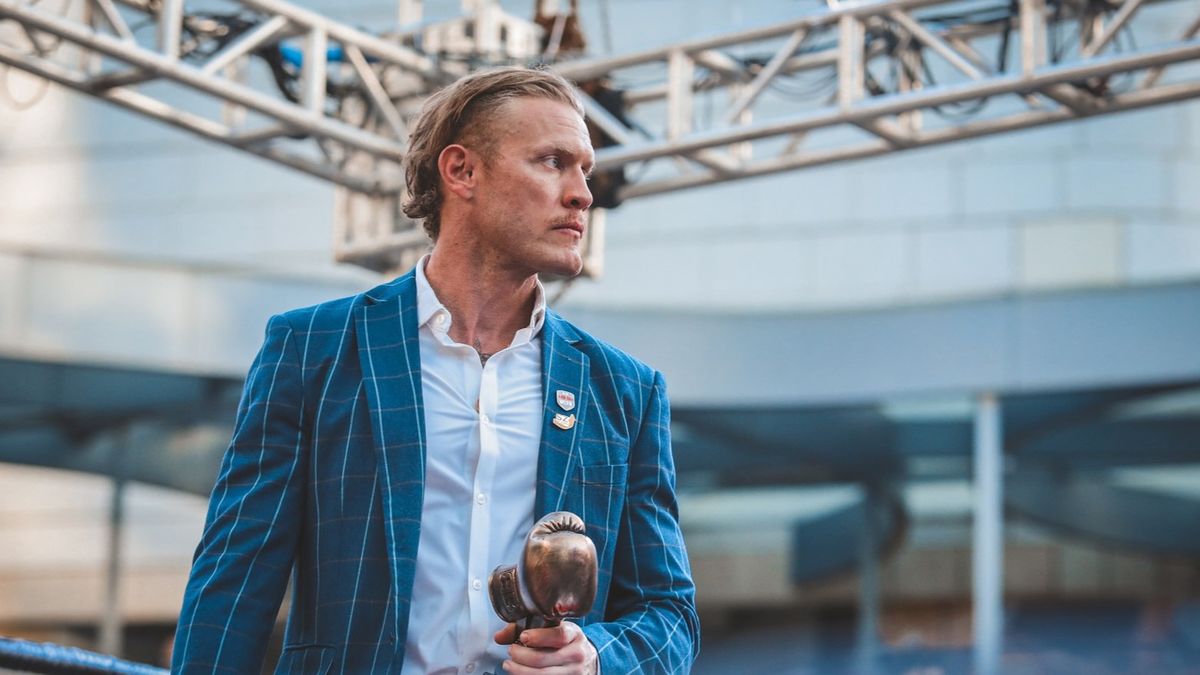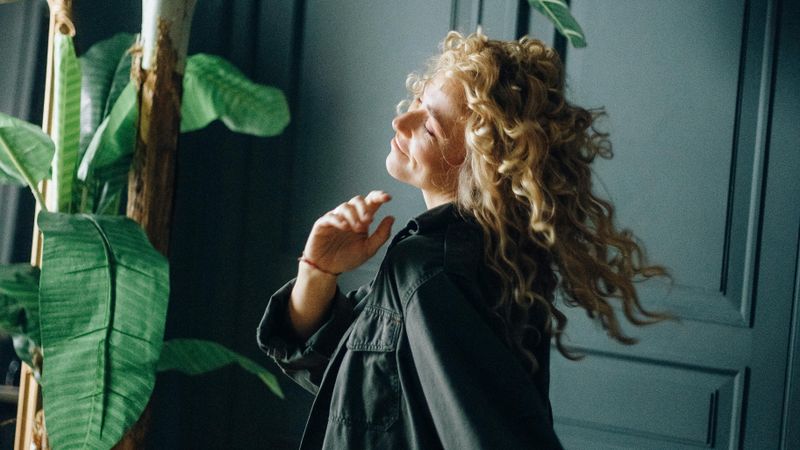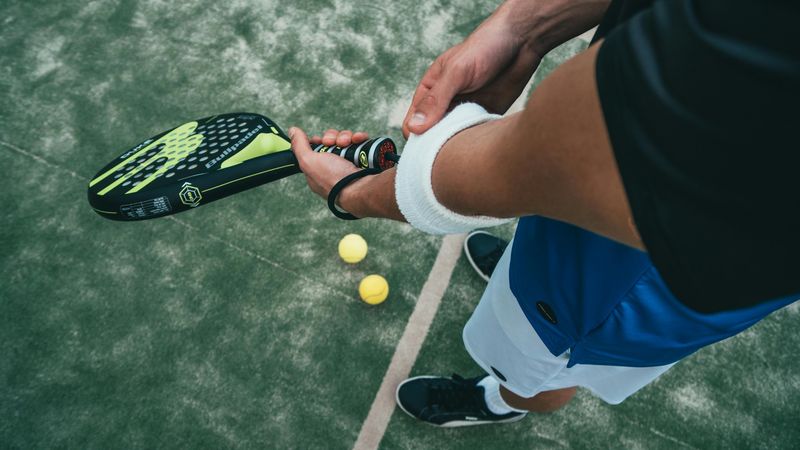Founder interview: John Graham Harper, CEO of Lumaflex

Tell us a little about yourself and your current venture
I’m John Graham Harper, CEO of Lumaflex, a company dedicated to revolutionizing red light therapy for recovery, performance, and overall well-being. My journey started as a competitive athlete, where injuries led me to explore better, non-invasive recovery solutions. That’s when I discovered red light therapy, and it completely transformed my approach to health, leading me to create Lumaflex—a portable, flexible, and waterproof red light therapy device designed for athletes, wellness professionals, and everyday users. Today, Lumaflex is a global leader in red light therapy, recognized by TIME Magazine as a Best Invention of 2023 and winner of multiple innovation awards. We’re expanding rapidly, offering cutting-edge devices, education through the Lumaflex Academy, and partnerships with top trainers, therapists, and medical professionals worldwide. At Lumaflex, we’re not just building a brand—we’re creating a movement to make recovery and peak performance accessible anytime, anywhere.
How do you balance the demands of running a business while maintaining your own health and longevity?
Balancing the demands of running a global business while maintaining my health and longevity is a constant challenge. There are times when I get overworked, stressed, or even complacent, and my physical and mental health takes a hit. But I see it as part of the journey—the price of building something meaningful. Instead of resisting it, I accept, learn, and adapt. My background in competitive sports has instilled in me a strong sense of discipline and resilience. I played rugby, competed in bodybuilding, and fought as an amateur boxer—I know what it takes to grind, stay focused, and push forward even when it’s tough. That mindset helps me stay on top of my health, longevity, and performance, even in the midst of running a fast-growing business.
Do you have a personal health goal? What is it?
My personal health goal is simple—to stay active and competitive as I age. I find tremendous value in challenging myself and maintaining discipline, both physically and mentally. I want to carry this mindset into my later years, setting a strong example for my kids, family, friends, and business teams. Leading by example is important to me—inspiring others to push their limits and prioritize their well-being is one of the most rewarding things I can do.
Before launching your venture, can you walk us through the “aha” moment that inspired the creation of your product/service?
Before launching Lumaflex, my “aha” moment came from a personal struggle with injury and pain. As a competitive athlete, I played rugby, then transitioned into boxing, where I sustained multiple injuries, and later into bodybuilding. The wear and tear on my body eventually led to a serious knee injury, leaving me in chronic pain and struggling with recovery. That’s when my wife introduced me to red light therapy—not through some high-tech device, but a simple red light lamp. I wasn’t expecting much, but after using it consistently, I experienced significant pain relief and faster recovery. That was the turning point. The problem? The lamp was bulky, inconvenient, and not designed for an active lifestyle. That’s when the idea struck me—what if I could create a portable, powerful, and flexible red light therapy device that anyone could use anywhere? From that realization, Lumaflex was born. I set out to design a rugged, waterproof, and versatile red light therapy device that could seamlessly fit into everyday routines, athletic recovery, and professional wellness practices. Today, Lumaflex is trusted by athletes, trainers, and wellness professionals worldwide, and my mission is to make red light therapy accessible and practical for everyone.
What sets your venture apart in the crowded health and wellness industry?
My vision is to make red light therapy (RLT) accessible to the masses. I see many companies presenting their information in a way that’s overly complex and overly scientific, almost as if it needs to be difficult to understand to seem credible. But this approach fails to connect with the masses and limits adoption. My strength lies in thinking from the perspective of the end customer, no matter their background. I focus on simplifying the science, making it easy to understand, accessible, and practical so that anyone can adopt and benefit from red light therapy in their daily lives. My goal is to make RLT as mainstream and widely adopted as possible—not just as a therapy, but as a lifestyle movement. I want Lumaflex to be the iPhone of RLT, the Under Armour of recovery—a brand that makes cutting-edge wellness simple, effective, and desirable. By making RLT easy to use, adaptable, and trendy, we can drive mass adoption and truly change the way the world approaches health, recovery, and performance.
What’s the most surprising lesson you’ve learned from your customers or users?
One of the most surprising lessons I learned during the design process of Lumaflex was how much usability, texture, and feel impact consistency of use. It wasn’t just about making the device portable and effective—it also had to be comfortable and enjoyable to use. Early on, we tested different materials, but we noticed that users naturally gravitated toward a design that felt soft, secure, and high-quality in their hands. The final finish of Lumaflex was carefully chosen to enhance comfort, reliability, and trust in the product, making users more likely to carry it with them and integrate it into their daily routines. This experience reinforced that design isn’t just about function—it’s about creating an experience that people genuinely enjoy, which ultimately drives consistent use and long-term benefits.
What is the most groundbreaking or unexpected finding in the field of longevity research that you’ve come across recently, and why do you find it so compelling?
It was not so recently, but still recent enough to answer this question—the most groundbreaking finding in longevity research is the powerful impact of light on human health and how modern lifestyles have left us 95% deficient in natural light compared to ancient times. This deficiency affects recovery, wellness, and overall optimization, disrupting cellular function, circadian rhythms, and even long-term health. What makes this so compelling is that light is not just an external factor but a biological necessity, influencing mitochondrial function, inflammation, pain management, and even cognitive health. As awareness grows, I believe that in the next five years, light therapy devices will become household essentials, with at least three in every home—one for pain relief, one for beauty and skin health, and one for overall wellness and energy optimization. This shift marks a revolution in longevity science, where people will begin to see light exposure as fundamental to health—just like nutrition, sleep, and exercise. The future of longevity isn’t just about what we consume, but also about how we interact with light, and that realization is already reshaping the industry.
In your opinion, which emerging longevity trend or product will have the most transformative impact on our health over the next five years, and why?
Over the next five years, the most transformative longevity trend will be the increasing awareness of light’s powerful impact on health, as modern lifestyles have left us 95% deficient in natural light, affecting recovery, wellness, and optimization, leading to a future where at least three light therapy devices—for pain relief, beauty, and overall well-being—will become household essentials, revolutionizing the way we approach longevity and performance.
One thing you wish more people knew about health and longevity?
I wish more people knew that light is as essential to health and longevity as nutrition, sleep, and exercise, and that our deficiency in natural light is impacting recovery, wellness, and overall optimization, making light therapy an inevitable part of every home for pain relief, beauty, and well-being in the future.
What is the biggest longevity myth you’d like to debunk?
The biggest myth I’d like to debunk is that light is bad for us and should be avoided—in reality, natural light is essential for health and longevity, and while we shouldn’t overexpose ourselves to intense sun, daily light exposure is crucial for optimal well-being, recovery, and overall vitality.
If you could recommend only one supplement for a longer, healthier life, which would it be, and what makes it indispensable?
If I could recommend only one "supplement" for a longer, healthier life, it would be natural light, as it is essential for cellular function, recovery, circadian rhythm regulation, and overall well-being, and while excessive sun exposure should be avoided, daily light exposure is crucial for longevity and optimal health.
How old can we potentially become at maximum?
I believe we can live well beyond 100, but the real focus should be on quality of life—not just living long, but living fully, with vitality, strength, and purpose.
What resources (books, podcasts, mentors) have been most valuable in your entrepreneurial journey?
I’ve been inspired by a variety of things at different stages of my life. What resonates with most people at a given time or what’s trending doesn’t always impact me, and sometimes the most profound lessons come from the simplest, most personal experiences—like a conversation with a boat driver on a lake in the Netherlands or hearing the life story of an Uber driver in Washington, DC. I've learned that by staying open to learning, listening, and embracing what the universe presents, I can grow and excel daily in the simplest ways—through nature, meaningful conversations, and the wisdom of those around me.
If there’s one message or insight you’d like readers to take away from your journey, what would it be?
The key message I want people to take away from my journey—from being a competitive athlete battling pain to building Lumaflex and redefining recovery—is that adversity is often the gateway to innovation and impact. My own struggles with injury, slow recovery, and chronic pain led me to discover red light therapy, and instead of just accepting my limitations, I saw an opportunity to change the game—not just for myself, but for millions of others.
Too often, people are told to just live with pain or rely on ineffective, temporary solutions, but I believe in empowering people with real, science-backed tools that actually make a difference. That’s why I built Lumaflex—to make recovery, performance, and wellness accessible to everyone, whether you’re an elite athlete, a busy professional, or someone just looking to move and feel better.
More than anything, I want people to realize that health is in their hands, and with the right knowledge, technology, and mindset, we can take control of our recovery, optimize our performance, and truly transform our lives.
Author: Dennis Esser
Bioharmony 💚📈 https://www.bioharmony.de/




